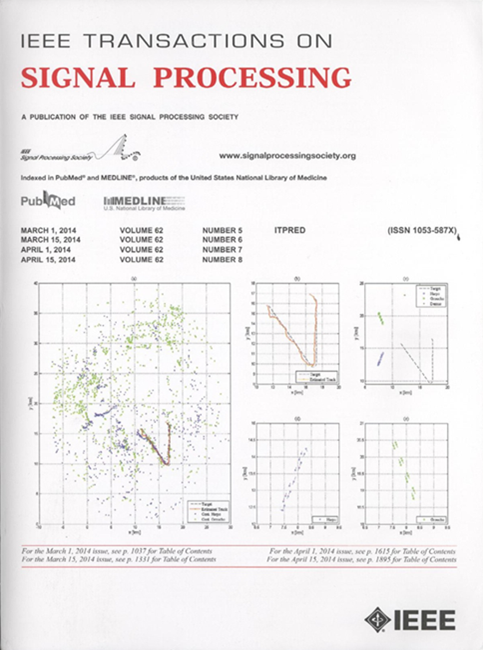STSyn:利用容错同步加速本地 SGD
IF 5.8
2区 工程技术
Q1 ENGINEERING, ELECTRICAL & ELECTRONIC
引用次数: 0
摘要
同步局部随机梯度下降(local SGD)由于需要等待工作者完成相同数量的局部更新,因此会出现部分工作者闲置以及缓慢和滞后工作者造成的随机延迟。为解决这一问题,本文提出了一种名为 STSyn 的新型局部 SGD 策略。其关键在于等待速度最快的 $K$ 工作者,同时保持所有工作者在每一轮同步中持续计算,并充分利用每个工作者的任何有效(已完成)本地更新,而不考虑拖后腿的工作者。为了评估 STSyn 的性能,我们对每轮的平均挂钟时间、平均本地更新次数和平均上传工作者数量进行了分析。此外,还严格确定了 STSyn 的收敛性,即使目标函数对同质和异质数据分布都是非凸的。实验结果凸显了 STSyn 相对于最先进方案的优越性,这要归功于它的流浪者容忍技术以及在每个 Worker 中包含的额外有效局部更新。此外,还研究了系统参数的影响。通过等待速度更快的 Worker 并允许异构同步不同数量的局部更新,STSyn 在时间和通信效率方面都有了显著提高。本文章由计算机程序翻译,如有差异,请以英文原文为准。
STSyn: Speeding Up Local SGD With Straggler-Tolerant Synchronization
Synchronous local stochastic gradient descent (local SGD) suffers from some workers being idle and random delays due to slow and straggling workers, as it waits for the workers to complete the same amount of local updates. To address this issue, a novel local SGD strategy called STSyn is proposed in this paper. The key point is to wait for the
$K$
求助全文
通过发布文献求助,成功后即可免费获取论文全文。
去求助
来源期刊

IEEE Transactions on Signal Processing
工程技术-工程:电子与电气
CiteScore
11.20
自引率
9.30%
发文量
310
审稿时长
3.0 months
期刊介绍:
The IEEE Transactions on Signal Processing covers novel theory, algorithms, performance analyses and applications of techniques for the processing, understanding, learning, retrieval, mining, and extraction of information from signals. The term “signal” includes, among others, audio, video, speech, image, communication, geophysical, sonar, radar, medical and musical signals. Examples of topics of interest include, but are not limited to, information processing and the theory and application of filtering, coding, transmitting, estimating, detecting, analyzing, recognizing, synthesizing, recording, and reproducing signals.
 求助内容:
求助内容: 应助结果提醒方式:
应助结果提醒方式:


